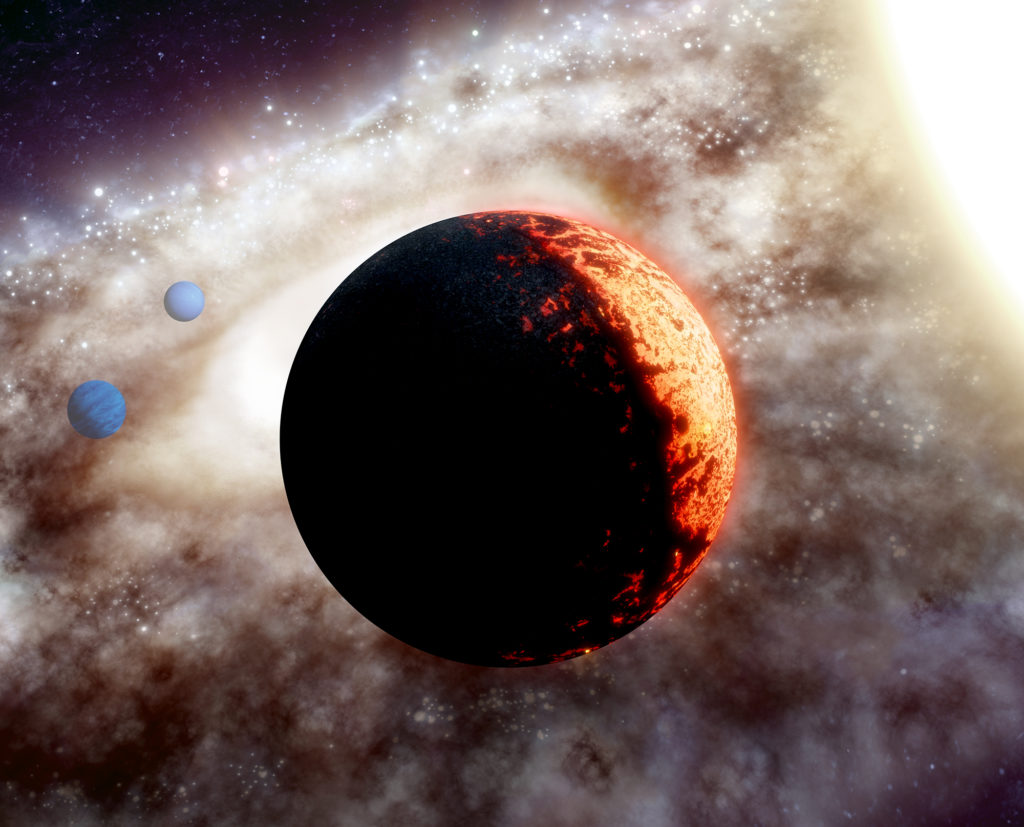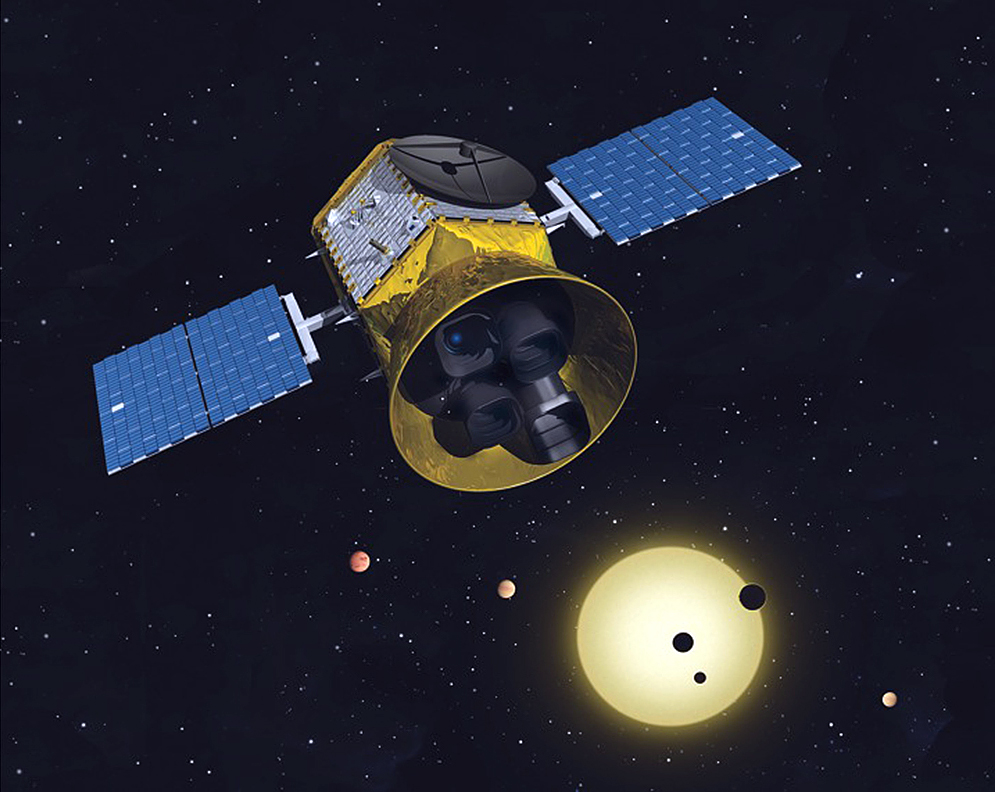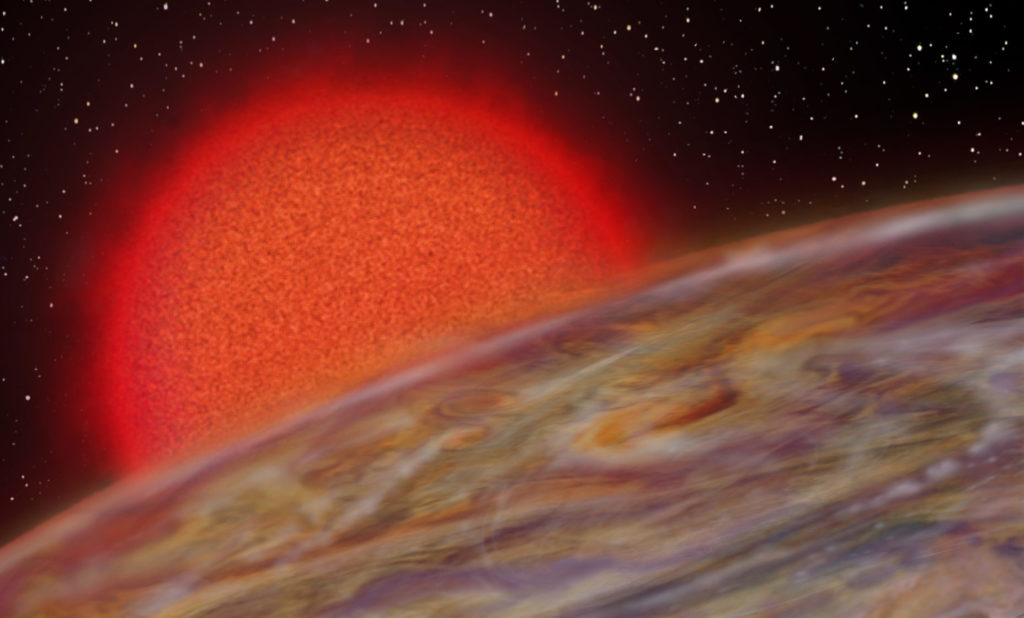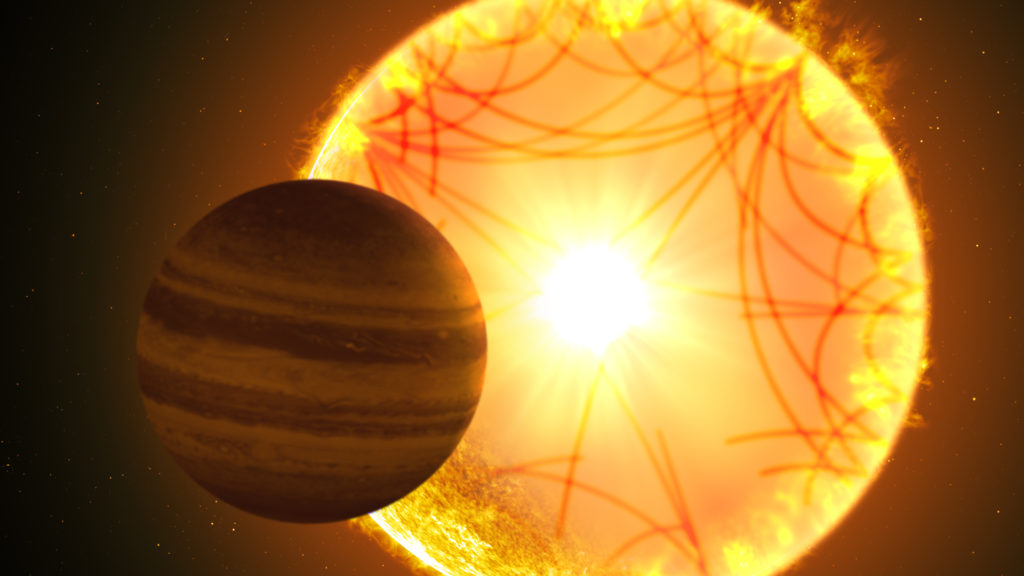The Hunt for Life in the Universe
Over the past three decades alone, astronomers have discovered more than 5,000 planets orbiting stars outside the Solar System, known as exoplanets. The discovery and characterization of exoplanets is now one of the fastest moving and active fields in astronomy.
“ARE WE ALONE IN THE UNIVERSE?” is perhaps one of the most profound questions in the history of humanity. As early as the 16th century, philosophers such as Giordano Bruno hypothesized that the Universe may be filled with life, with thousands of Earth-like planets orbiting stars similar to the Sun in the Galaxy. However, it took several hundred years for such philosophies to be confronted with scientific evidence.
Over the past three decades alone, astronomers have discovered more than 5,000 planets orbiting stars outside the Solar System, known as exoplanets. The discovery and characterization of exoplanets is now one of the fastest moving and active fields in astronomy. One of the current leading instruments in exoplanet science is the NASA TESS space telescope, launched in 2018 to survey the nearest stars to the Sun for planets.
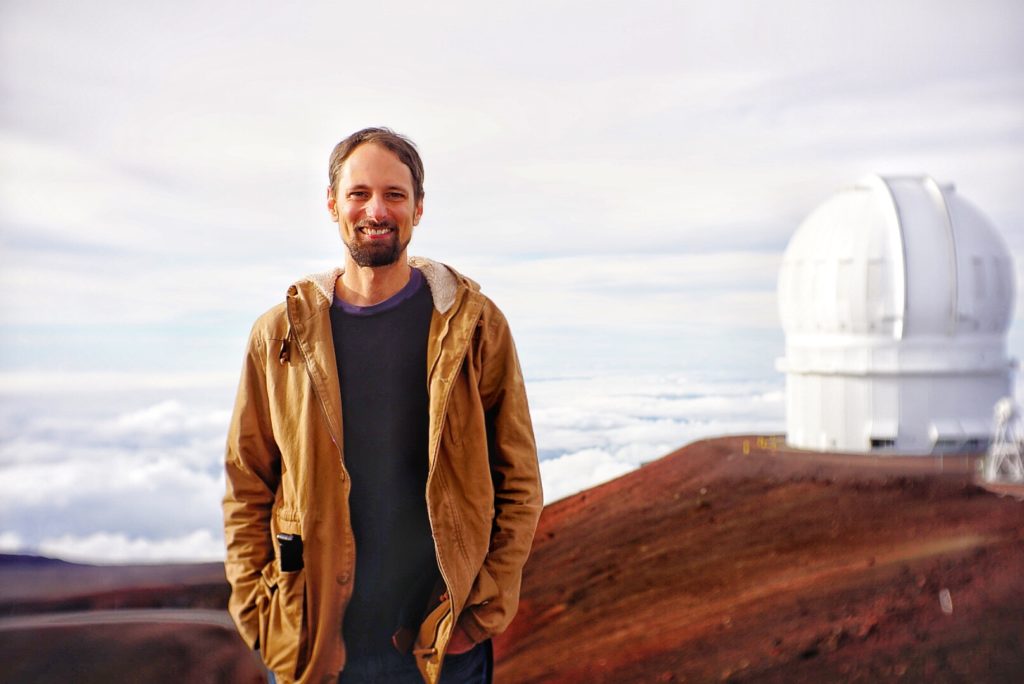
Dr. Daniel Huber, an astronomer at the University of Hawai‘i at Mānoa’s Institute for Astronomy (IfA), is one of several University of Hawai‘i (UH) researchers who are heavily involved in the TESS mission. “One of the most fascinating aspects has been the vast diversity of planetary systems that have been discovered, most of which are completely unlike the Solar System,” said Huber. “Some of this is because such planets are easier to find, but we also have examples of exoplanet systems that fundamentally challenge how our Solar System fits into context.”
One such example was the discovery of one of the oldest known systems with Earth-sized planets in the Milky Way Galaxy, TOI-561b, enabled by TESS data and led by members of Huber’s team. With an estimated age of 10 billion years, the discovery demonstrated that planets with sizes similar to Earth have formed for most of the history of the Milky Way Galaxy. Currently, the best estimate of the age of the Universe is 13.7 billion years, indicating that terrestrial planet formation has persisted for at least 70 percent of the history of the Universe.
“Systems such as TOI-561b help to start shaping our understanding of life in the Universe”, said Huber. “On Earth, we know that the development of life took billions of years. While planets like TOI-561b are too hot for life to survive, examples like these give us indications that life has a long time to develop in other places in our galaxy.”
Know Thy Star, Know Thy Planet
The majority of currently known exoplanets are discovered indirectly, detected either the gravitational pull of the planet on the host star (the “Doppler Wobble” technique, named after the Doppler effect) or a dip in the star’s brightness caused by the fortuitous alignment between the star and planet (the transit technique). These approaches bring a challenge: most properties of planets are measured relative to the same properties of the star, and thus scientists’ understanding of planets hinges on the precision of fundamental properties of stars. One of the powerful techniques to measure fundamental properties of stars is asteroseismology, which measures the frequencies of sound waves propagating through the stellar interior.
“Think of the surface of a star as a boiling pot of water, but replace water with gas cells the size of the Earth that rise up, cool and sink down,” said Huber. “This turbulence rings stars like a bell, and the resulting frequencies of waves that propagate through the star. The frequencies of these waves are directly related to basic properties such as size and structure, just as music instruments with different sizes have different natural pitches.”
A similar process happens on Earth: seismic waves, caused by convection, make plates on the planet’s surface move and bump up against one another, eventually leading to earthquakes.
Huber and his team exploit the power of asteroseismology to characterize stars and the planets they orbit. In 2019, a team led by a graduate student in Huber’s group used this technique to confirm Kepler-1658b, a massive, Jupiter-sized planet orbiting its host star every four days. The planet is an example of the extreme diversity of exoplanets, and its existence provided strong constraints on the interior structure of the star itself, which dictates how quickly close-in planets can spiral into their host star.
In-depth Characterization from Maunakea
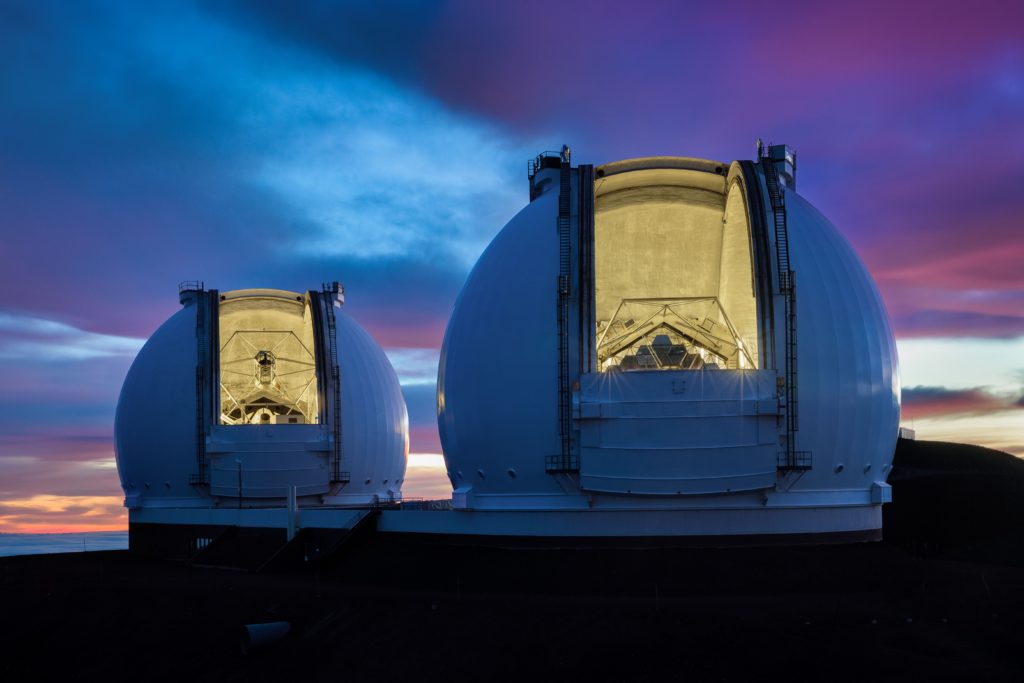
A key component in exoplanet science are observations using ground-based telescopes. In the case of transiting planets such as those discovered by the TESS mission, telescopes like those at the W.M. Keck Observatory on Maunakea on Hawai‘i Island play a critical role in confirming candidate planets and adding additional information.
“The transit method gives us an estimate of the radius of the planet, which only tells us one part of the story,” says Huber. “Ground-based observations such as those using the Keck telescope has provided planet masses, which give us a glimpse into what these planets may be made of. They are also critical to confirm that the planets suggested by the transit methods are actually real.”
An example has been the recent confirmation of three transiting planets orbiting evolved “red giant” stars, which resemble a future version of the Solar System. These planets orbit so close to their stars that they will be engulfed within millions of years, a blink of an eye compared to the regular lifetimes of stars. Studying planets in such environments brings astronomers a glimpse as to what may happen to the Solar System planets as the Sun evolves over time.
The Next Frontier: Earth-like Planets
The discovery and exploration of exoplanets has a bright future. Later this year, a science team including Huber will start first observations with the “Keck Planet Finder” (KPF), a next-generation instrument capable of detecting the Doppler Wobble of Earth-sized planets orbiting stars at distance in which liquid water can exist. Co-funded by UH, KPF will be the most efficient instrument of its kind and ring in a new era of ground-based exoplanet characterization.
At the same time, the astronomy community is making bold plans for next-generation telescopes to aid in the hunt for life in the Universe. The recently published Planetary Science and Astrobiology Decadal Survey 2023-2032 by the National Academy of Sciences gave top priority for next-generation ground-based telescopes, such as the Giant Magellan Telescope in Chile and the Thirty Meter Telescope in Hawai‘i, which would enable astronomers to directly image planets that may harbor life and capture light that would allow them to probe their atmospheres for life. A next generation space-based flagship mission, expected to launch in the 2040s, will be optimized to allow the direct detection of true Earth analog planets around the closest stars.
“There is still much work to do, but I believe it is only a matter of time before we will find evidence for life outside the Solar System,” says Huber, a recipient of the 2020 University of Hawai‘i Regents’ Medal for Excellence in Research. “And this will only be the first step in its interpretation. How old is the life we will find? Is it similar to life here on Earth?”
